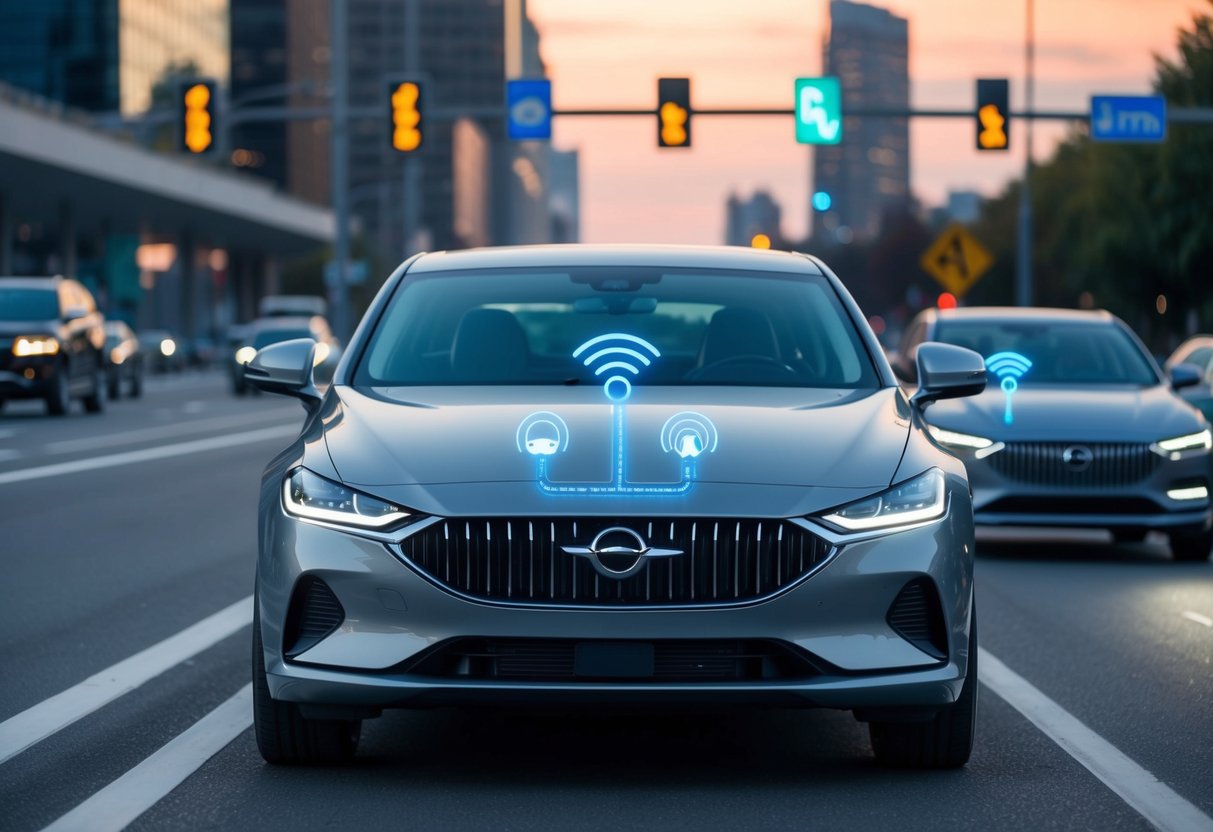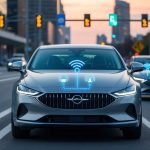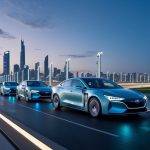
Interoperability and Vehicle-to-Everything Connections
Interoperability is crucial for the effective implementation of Vehicle-to-Everything (V2X) technology, creating a unified environment for smart driving. It enhances connectivity among diverse systems, including the Internet of Vehicles and the broader IoT ecosystem.
Ensuring Seamless V2X Interaction
Achieving seamless V2X interaction demands standardized protocols to facilitate communication between vehicles and infrastructure. As vehicles interact with smart traffic signals and remote sensors, compatibility across various platforms becomes essential. The Internet of Vehicles extends this connectivity by allowing vehicles to communicate beyond direct line-of-sight, enhancing real-time data exchange.
The integration of IoT technology in V2X networks amplifies the potential for smarter transportation solutions. This integration ensures that different vehicle models and technologies can communicate efficiently, minimizing disruptions and improving road safety. These evolving technologies demonstrate the need for cohesive frameworks that support interoperability, paving the way for innovations in smart driving solutions.
Environmental Impact and V2X
Vehicle-to-Everything technology plays a crucial role in improving environmental sustainability. It facilitates reduced emissions and enhances the integration of renewable energy sources in transportation.
Reducing Emissions with EVs
Electric vehicles (EVs) significantly reduce carbon dioxide emissions compared to traditional combustion engine vehicles. V2X technology enhances these benefits by optimizing traffic flow and reducing idle times at intersections, thus contributing to less fuel consumption and emissions.
Intelligent V2X systems enable real-time communication between vehicles and infrastructure. This leads to more efficient route choices and smoother driving experiences. By alleviating congestion, integrating signal timings, and promoting eco-driving behaviors, these technologies can play an essential role in combating climate change.
As more electric vehicles enter the market, the alignment between EVs and V2X technology becomes increasingly relevant. Moreover, a widespread V2X network can significantly expedite the transition towards greener urban environments.
V2G and Renewable Energy Integration
Vehicle-to-Grid (V2G) technology enables electric vehicles to connect with the power grid. This connection allows for energy storage and distribution, enhancing the use of renewable energy sources. During off-peak times, EVs can store excess solar or wind power, releasing it back into the grid when demand is high.
This interaction not only balances the grid but also encourages the use of clean energy. It provides a two-way relationship between vehicles and energy systems, potentially lowering reliance on fossil fuels.
By integrating renewable energy and promoting efficient energy usage, V2G technology is a critical component in reducing carbon footprints in urban centers. The collaboration between V2G and V2X enhances sustainability in the evolving landscape of smart transportation.
V2X and the Enhancement of Mobility
V2X technology plays a crucial role in improving urban mobility and transportation systems. It provides solutions for reducing traffic congestion and enhancing the efficiency of fleet operations.
Reducing Traffic Congestion
V2X technology contributes significantly to easing traffic congestion in urban areas. By facilitating real-time communication between vehicles, traffic signals, and infrastructure, it helps optimize traffic flow. Sensors gather data on vehicle positions and speeds, enabling smart traffic lights to adjust timings instantly, reducing wait times.
Adaptive signal control results in smoother transitions at intersections. This reduces stop-and-go driving, which improves overall traffic efficiency. V2X systems also support dynamic rerouting based on current traffic conditions, guiding drivers to less congested routes. This proactive traffic management helps in maintaining steady vehicular movement across the network, maximizing road utilization.
Elevating Fleet Efficiency
Freight and transport fleets benefit notably from V2X technology. Through enhanced vehicle connectivity, fleet operators can monitor performance metrics such as speed and fuel consumption. With integrated communication systems, these insights aid in optimizing driving patterns, which in turn boosts fuel efficiency.
Optimal route planning, informed by V2X data, reduces unnecessary mileage. Consequently, the fleet size can be efficiently managed by reducing idle times and improving vehicle availability. Real-time hazard alerts also enhance safety and minimize the risk of disruptions. Overall, V2X technology’s role in fleet management translates to not only operational cost savings but also a reduction in carbon footprint.



